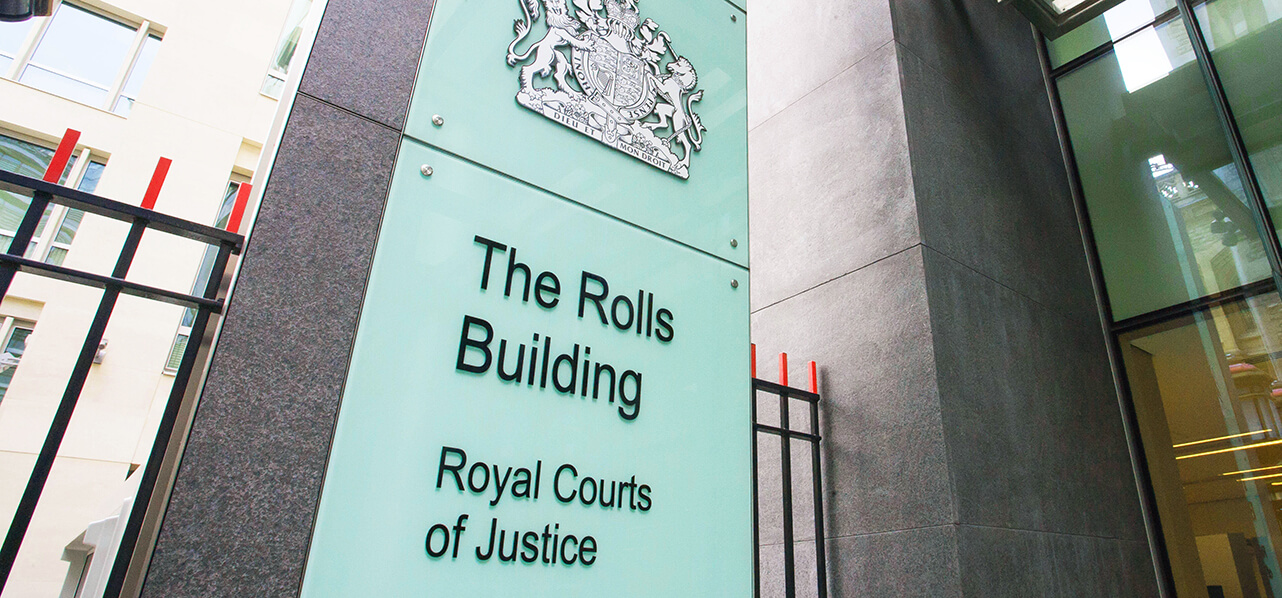Partner London
"Member states now have two years to transpose the CSDDD into national law."
Member states now have two years to transpose the CSDDD into national law. The relevant laws will apply to companies starting in 2027 in a phased approach corresponding to size.
In this article we look at the civil liability provisions of the CSDDD and consider, in particular, how this will impact multi-nationals not incorporated in the EU.
Extra-territorial effect
In addition to capturing large EU-domiciled companies, the CSDDD applies to all companies with an EU turnover of over €450m, irrespective of where they are incorporated. This will bring a large number of non-EU multi-nationals into scope, not only requiring them to put in place wide-ranging due diligence processes and mitigation measures, but also opening them up to a new civil liability regime where they fail to do so.
In addition, the contractual mechanisms which in-scope corporates are expected to put into place to protect themselves and apportion liability, could well result in many more companies being brought into EU courts to defend their approach to mitigating risks of human rights and environmental issues. This will be because they are either susceptible to being joined to proceedings (depending on the application of applicable national procedural rules) or are subject to indemnity (or similar) provisions within their contractual relationships.
Civil Liability under the CSDDD
Article 29 of the CSDDD sets out civil liability provisions, potentially making companies liable to pay full compensation for any damage caused to a person as a result of the company’s unintentional or negligent failure to comply with their obligations under the directive. Non-compliance could include failing to put in adequate mitigation measures, which arguably includes failing to provide support to an SME business partner; failure to make necessary modifications to business plans; or failure to suspend or terminate certain business relationships where required. Article 29 also makes a company jointly and severally liable for damage “caused jointly by the company and its subsidiary, direct or indirect business partner”. This means that a company could be required, for example, to make full payment of financial damages, notwithstanding that it has contributed to the damage jointly with other actors, at least some of whom may be outside of the jurisdiction of EU courts.
The CSDDD does not make a company directly liable to remediate adverse impacts on human rights “if the damage was caused only by its business partners in its chain of activities” (our emphasis). It is unclear how this interacts with the requirements on companies to exert leverage on business partners to mitigate risks, including requirements to bring adverse impacts to an end where identified through measures such as making financial and non-financial investments or leveraging a temporary suspension of a business relationship.
"Third-country companies that are caught within the scope of the CSDDD to an extent have the capacity to choose which national law will apply to it."
Which court has jurisdiction?
As with the rest of the CSDDD, these new civil liability provisions must be transposed into national law to be effective. It will be up to each EU member state how they choose to implement legislation meeting the minimum requirements set out in the directive.
Third-country companies that are caught within the scope of the CSDDD to an extent have the capacity to choose which national law will apply to it. If a company has one European branch in a member state, it will be responsible for enforcement of the CSDDD for that company. Where a company has branches in multiple member states, regulatory authority will be determined by where the highest net turnover occurs. For non-EU companies that do not already have a physical presence in the EU, this may result in strategic decision-making with respect to where a branch should be established.
The civil liability provisions were aimed at enabling those suffering loss and damage to bring proceedings in an EU member court as an alternative to local courts, where it is often alleged there is no access to justice, sometimes due to lack of funding or resources.
This could potentially result in companies facing multi-jurisdictional proceedings arising from the same or connected issues. For example, a UK-domiciled company meeting the turnover threshold could find itself facing claims under Article 29 of the CSDDD in EU courts at the same time as a claim of alleged breach of a tortious duty of care in the English courts based on the decision in Vedanta Resources PLC and another v Lungowe and others [2019] UKSC 20 and other similar cases to argue a voluntary assumption of a duty of care in relation to issues arising in a company’s group or supply chain. Similarly, in common law countries where similar legal arguments can be made, parallel proceedings could potentially be brought in an affected individual’s home jurisdiction as well as a relevant EU member state court.
Conclusion
The questions raised by the CSDDD around the scope of civil liability set out above make up only a small part of the long list of questions to consider with respect to this new piece of legislation. Whilst it is currently unclear exactly what enforcement under the CSDDD will look like for UK companies and other companies domiciled outside the EU, what is certain is that the CSDDD will introduce a host of new and complex requirements that companies will have to grapple with, either because they are directly caught by the turnover provisions, or because they form part of an EU company’s value chain.
Companies should consider the effectiveness of existing and new contractual provisions, to properly apportion liability between the parties in the event of claims, as well as ensuring effective mechanisms are in place to facilitate compliance. This may well also require careful consideration of applicable law and jurisdiction, to mitigate the risk of being caught between multiple legal regimes.
Key contacts
Partner London
Associate London



